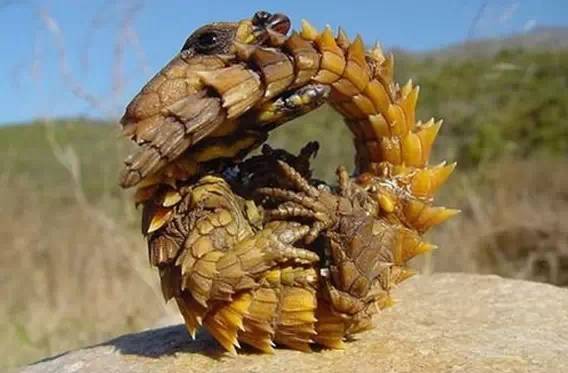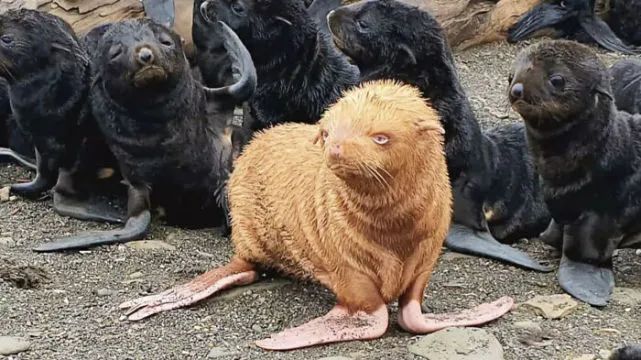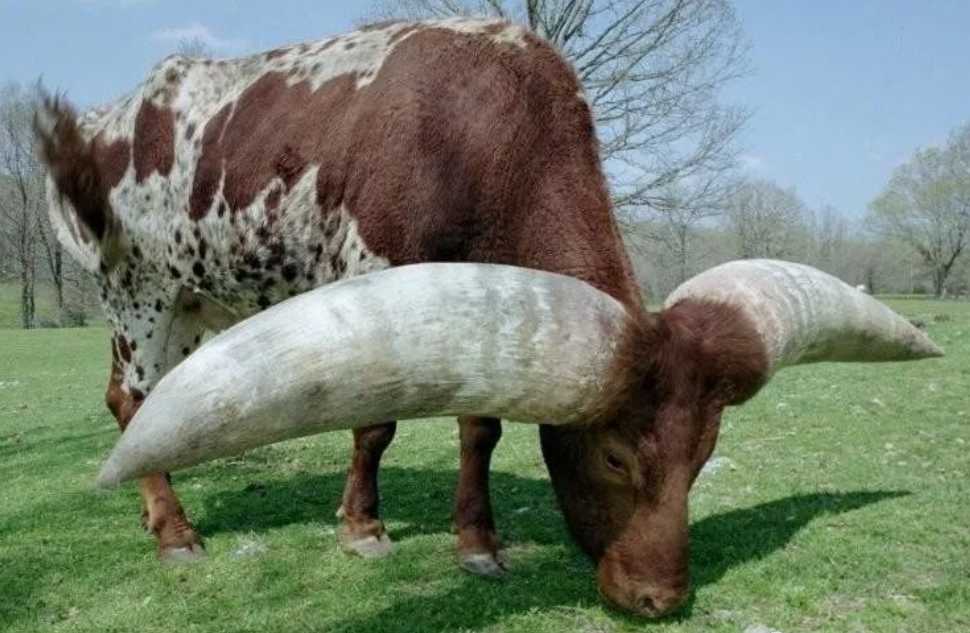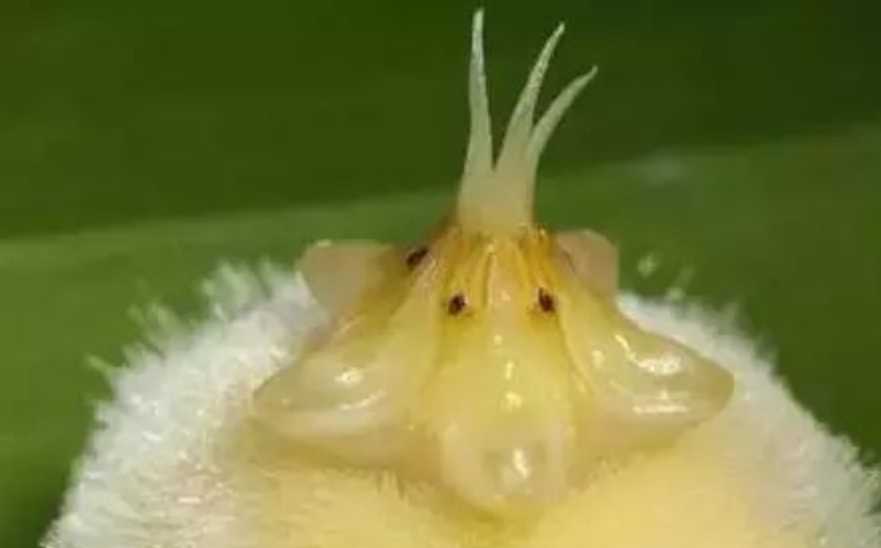The Thorny Devil: Australia’s Armor-Plated Lizard with a Unique Survival Strategy
Native to the arid deserts of central and western Australia, the thorny devil (Moloch horridus), also known as the moloch or thorny dragon, is a reptile like no other. Covered in spiky protrusions and adapted to survive in harsh desert conditions, this small lizard has evolved extraordinary features to thrive in one of the world’s most unforgiving environments.
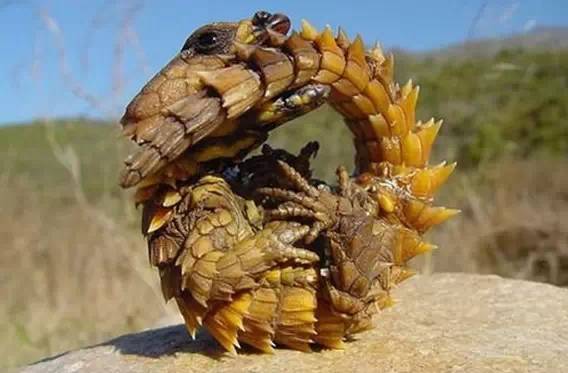
Source: Images from the Internet, if there is any infringement, please contact the removal of
Armor and Adaptations for Desert Life
- Spines as a Defense
The thorny devil’s body is covered in conical spines, including a prominent "false head" at the back of its neck, which it lowers to confuse predators. These spines not only deter foxes and birds but also collect dew, channeling water through tiny grooves to its mouth—a crucial adaptation in water-scarce deserts. - Camouflage and Movement
Ranging from 15–20 cm in length, its skin varies in color from sandy yellow to reddish-brown, matching desert soils and rocks. It moves in a jerky, stop-start motion, mimicking wind-blown debris, and can inflate its body to appear larger when threatened.
Unique Feeding and Reproductive Traits
- Ant-Eating Specialist
The lizard feeds almost exclusively on ants, using its sticky tongue to capture up to 3,000 per day. Its specialized mouth and throat allow it to swallow ants without biting, while a slow metabolism helps conserve energy in food-scarce regions. - Solitary Life and Nesting
Females dig deep burrows to lay 3–10 eggs, which hatch after 3–4 months. Juveniles resemble adults but are smaller and less spiky, facing threats from spiders and small mammals. Adults are solitary, only interacting during the breeding season.
Conservation and Cultural Significance
Listed as "Least Concern," the thorny devil faces minor threats from habitat destruction and introduced predators. In Aboriginal culture, it is seen as a symbol of survival and adaptability, while its unique physiology has inspired robotic design for water collection in arid zones. As a desert ambassador, it reminds humanity of nature’s ability to craft ingenious solutions for life in extreme environments
-------- END --------
